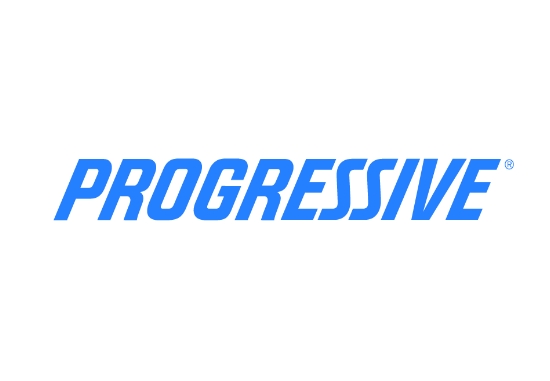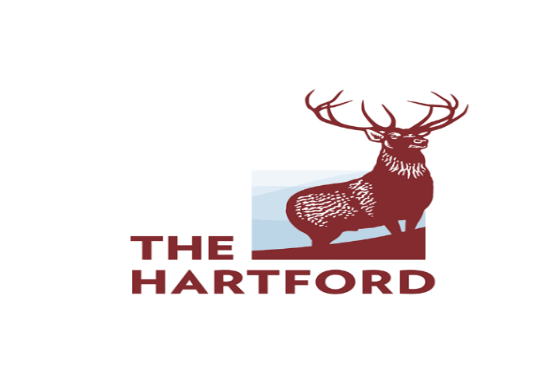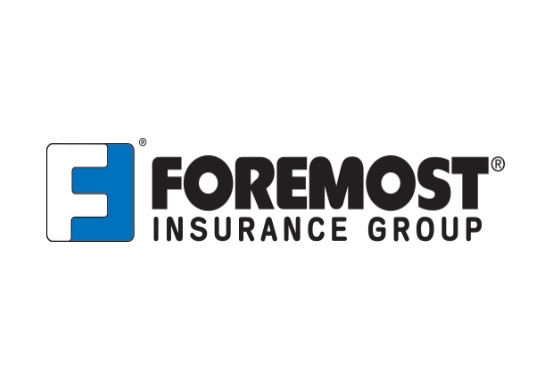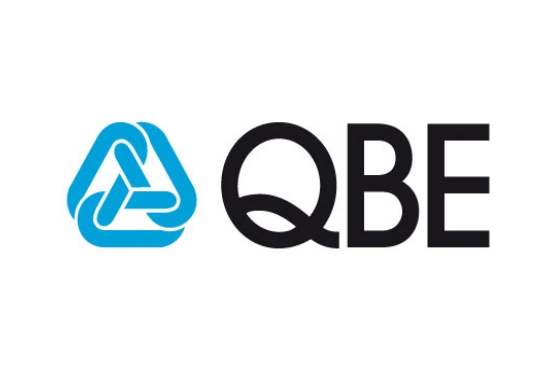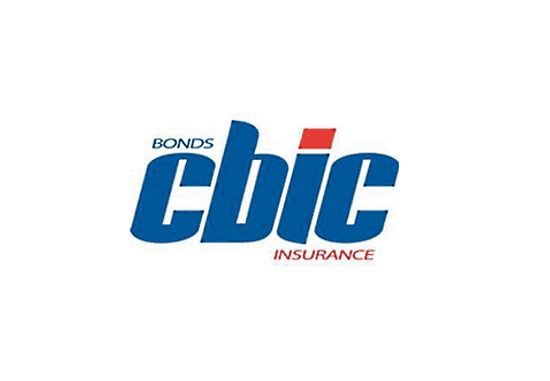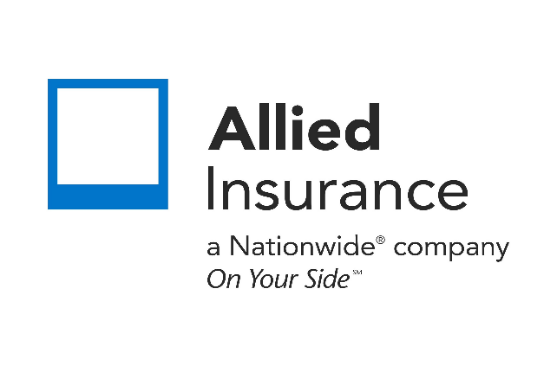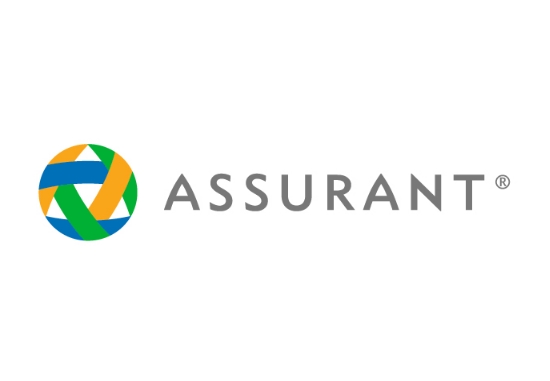Gap insurance lease
Understanding GAP Insurance for a Leased Vehicle
GAP (Guaranteed Asset Protection) insurance is an important consideration for anyone leasing a vehicle. Here’s a comprehensive guide to help you understand what GAP insurance is, why it’s beneficial for a lease, and how to obtain it.
What is GAP Insurance?
- Definition:
- GAP insurance covers the difference between what you owe on your leased vehicle and its actual cash value (ACV) in the event of a total loss, such as from an accident or theft.
- How it Works:
- Total Loss: If your leased vehicle is declared a total loss, your standard auto insurance will pay out the ACV of the car. However, leases often leave you with a remaining balance that exceeds this amount.
- Coverage: GAP insurance pays this difference, ensuring you are not financially responsible for the gap between the ACV and the remaining lease balance.
Why GAP Insurance is Important for a Lease
- Depreciation:
- Rapid Depreciation: Vehicles typically depreciate quickly, especially new ones. Within the first few years, the value of the car can drop significantly, creating a gap between the car’s worth and the lease balance.
- Lease Terms:
- Higher Loan Amounts: Leases often involve higher amounts than the ACV due to finance charges, taxes, and other fees included in the lease agreement.
- Financial Protection:
- Avoid Out-of-Pocket Expenses: Without GAP insurance, you could be left paying out of pocket for the difference if your car is totaled. GAP insurance protects you from this financial burden.
- Avoid Out-of-Pocket Expenses: Without GAP insurance, you could be left paying out of pocket for the difference if your car is totaled. GAP insurance protects you from this financial burden.
How to Obtain GAP Insurance for a Lease
- Dealership:
- Offered by Dealers: When you sign your lease agreement, the dealership may offer you GAP insurance. This is a convenient option but often more expensive than other sources.
- Auto Insurance Providers:
- Add to Policy: Many auto insurance companies offer GAP insurance as an add-on to your existing policy. This is often more affordable than purchasing through the dealership.
- Third-Party Providers:
- Standalone Policies: You can also purchase GAP insurance from third-party providers that specialize in this type of coverage.
- Standalone Policies: You can also purchase GAP insurance from third-party providers that specialize in this type of coverage.
Costs of GAP Insurance
- Factors Influencing Cost:
- Vehicle Value: The value of your leased vehicle will impact the cost of GAP insurance.
- Lease Terms: The length and terms of your lease can also affect the premium.
- Typical Costs:
- Dealer Prices: Dealership GAP insurance can range from $400 to $700 for the term of the lease.
- Insurance Add-Ons: Adding GAP insurance to your auto policy may cost between $20 and $40 annually.
When is GAP Insurance Required?
- Lease Agreements:
- Mandatory by Some Lenders: Some leasing companies require you to have GAP insurance as part of the lease agreement. Always check your lease terms to see if it’s mandatory.
- Recommended Situations:
- High Depreciation Vehicles: If you are leasing a vehicle known to depreciate quickly, GAP insurance is highly recommended.
- Low Down Payment: If you made a low down payment or none at all, the gap between the lease balance and the ACV could be larger, making GAP insurance beneficial.
GAP insurance is a crucial protection for leased vehicles, covering the difference between what you owe and the vehicle’s actual value in the event of a total loss. It prevents you from facing significant out-of-pocket expenses due to depreciation and the remaining lease balance. You can obtain GAP insurance through your dealership, auto insurance provider, or a third-party provider, with costs and coverage varying accordingly. Always review your lease agreement and assess your financial situation to determine if GAP insurance is a necessary investment for your lease.
We will find the best business insurance tailored to your needs. Read more…
Related Posts
Get a Right Insurance For You
SHARE THIS ARTICLE
We will compare quotes from trusted carriers for you and provide you with the best offer.
Protecting your future with us
Whatever your needs, give us a call, have you been told you can’t insure your risk, been turned down, or simply unhappy with your current insurance? Since 1995 we’ve been providing coverage to our customers, and helping people across United States.

